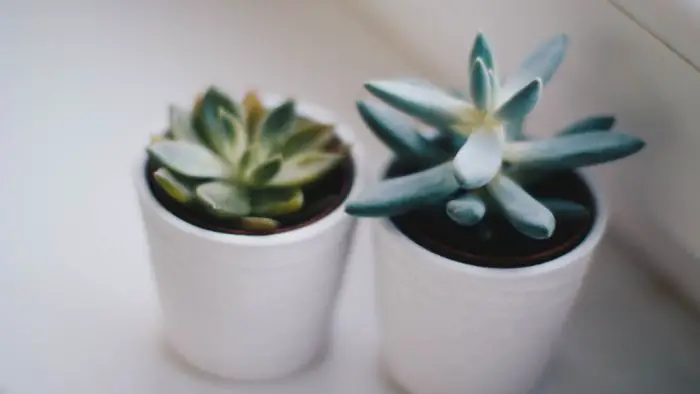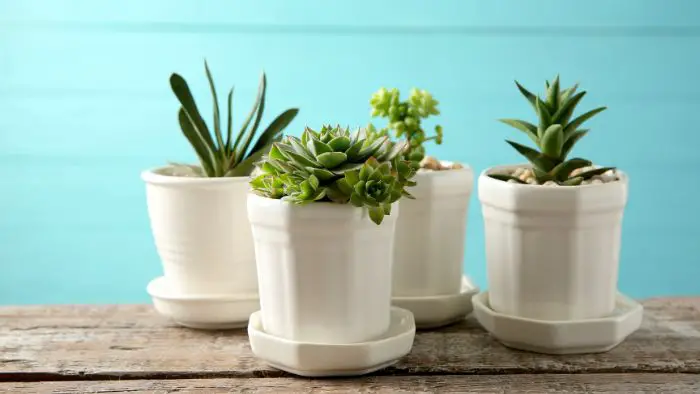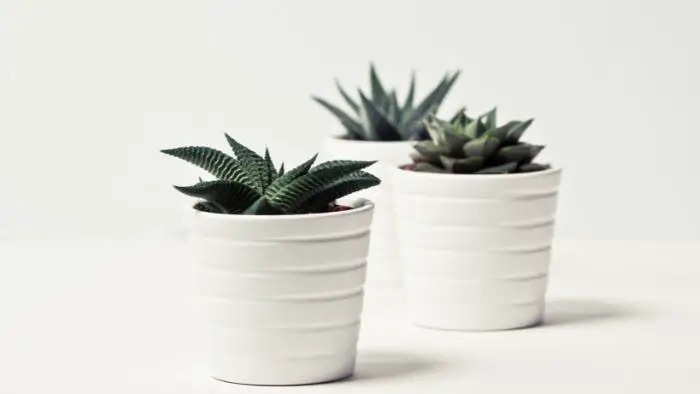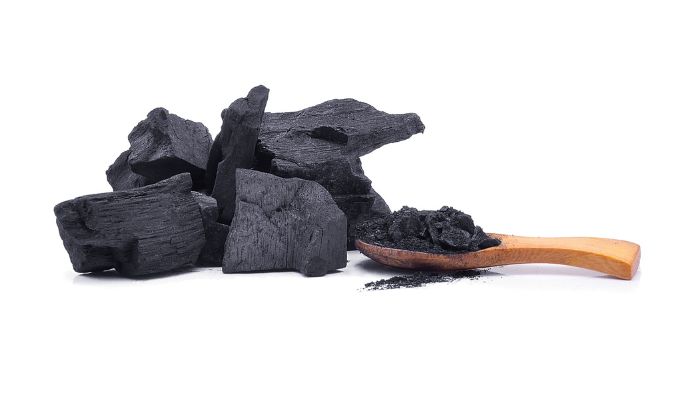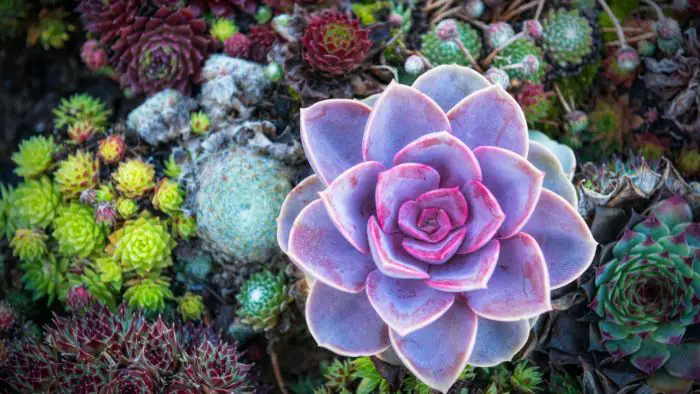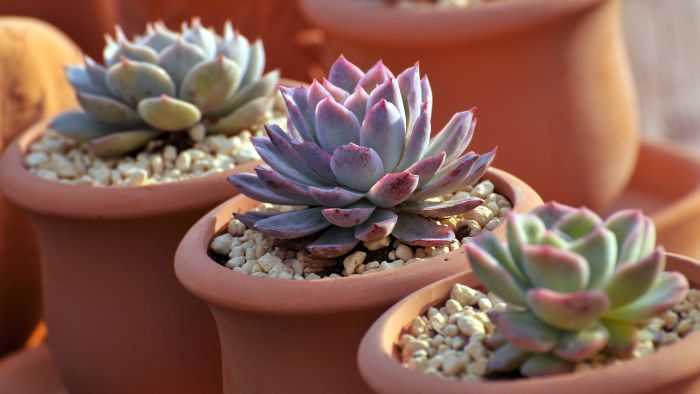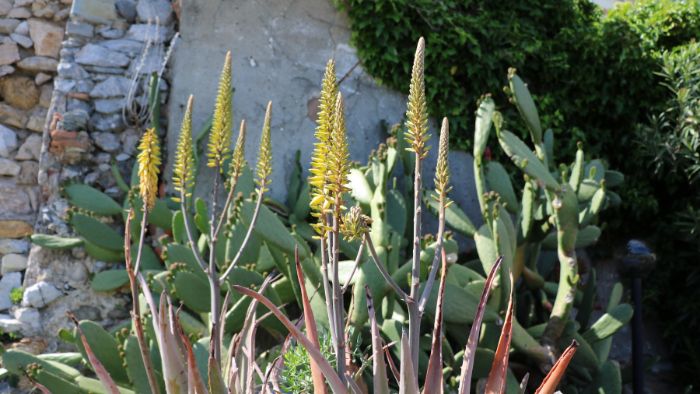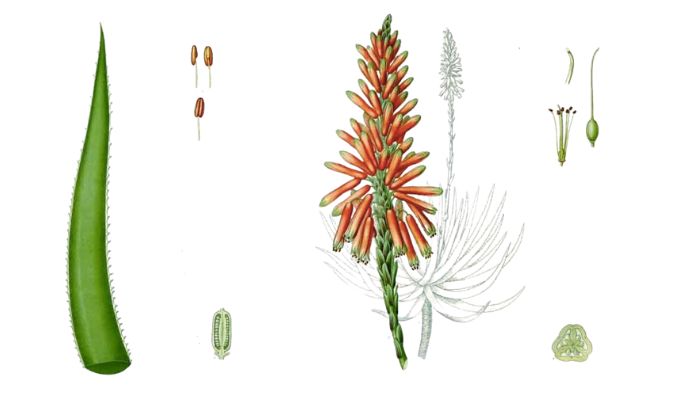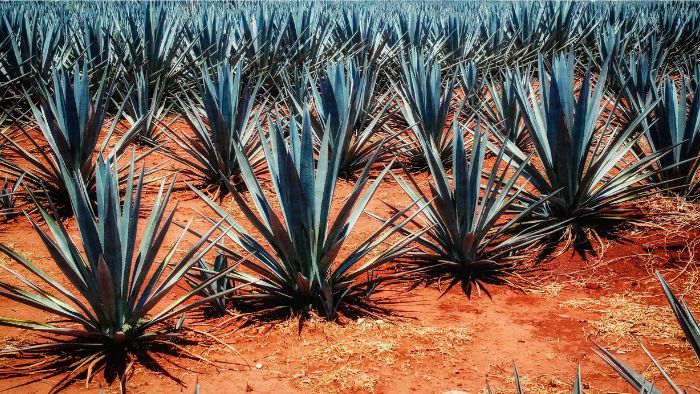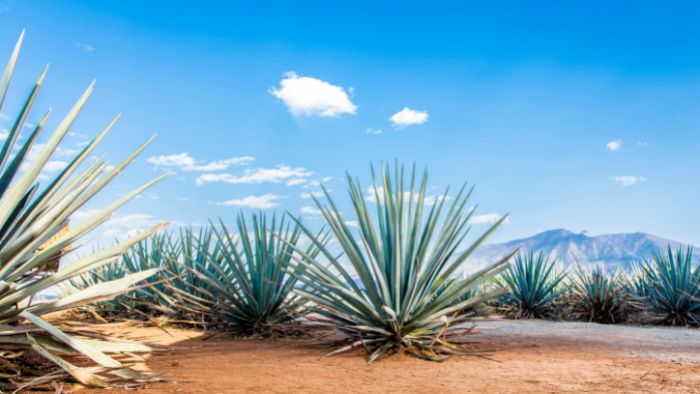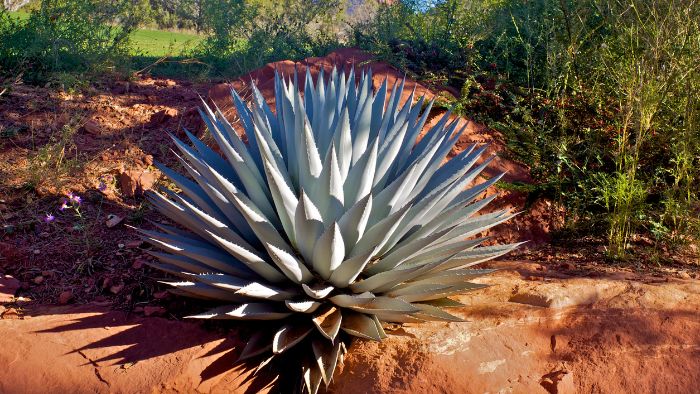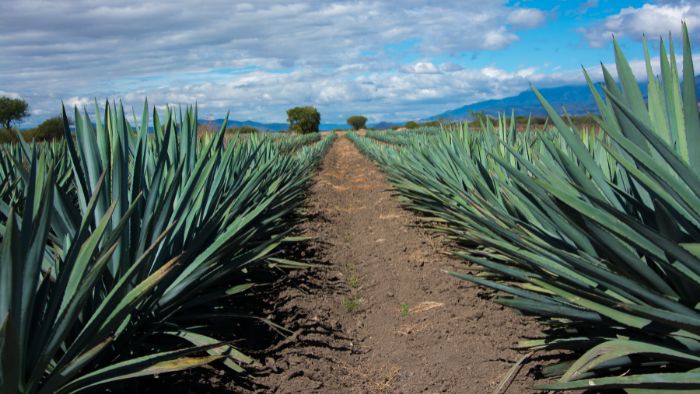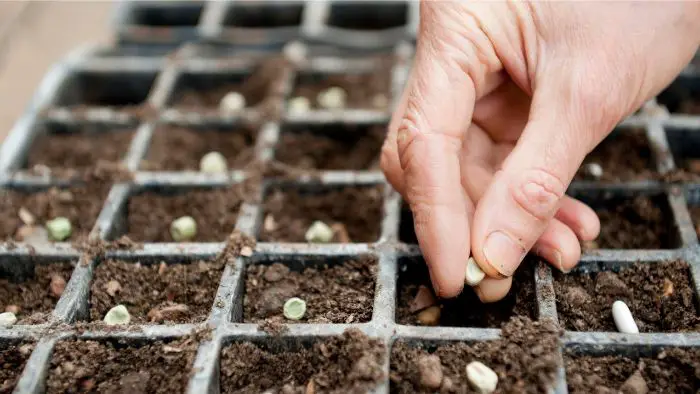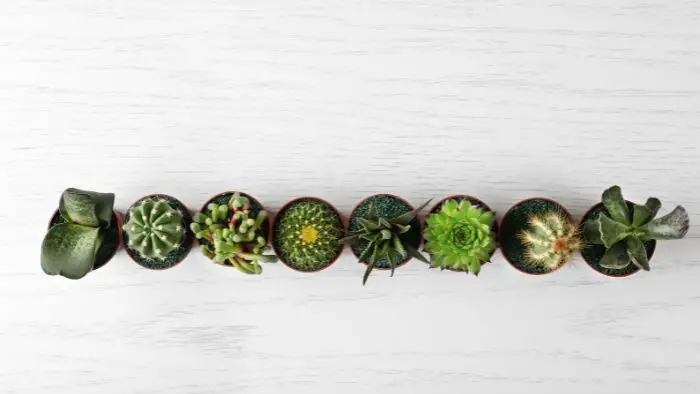Can succulent leaves grow back? Take a look at this article because it offers a multitude of new information.
As a plant parent, you have probably encountered fallen or damaged succulent leaves at least once. We can only try to imagine how you felt. Unfortunately, this is something that every gardener has to deal with at least once in their lifetime.
However, can succulent leaves grow back? Keep reading this article and learn much more.
Can Succulent Leaves Grow Back? What to Expect?
First of all, we want to warn you that you have no particular reason to worry. These are things that can happen to anyone, and it doesn’t have to be your fault.
Although they are very resistant plants that can withstand even the most difficult desert conditions, succulents are not immune to problems and can show signs that they are in need of a change.
One of the most common indicators that something is wrong is falling leaves. Leaves usually fall off due to exposure to excessive moisture, as well as long periods of drought or heat. But can succulent leaves grow back?
Unfortunately, once it falls off, you cannot expect new leaves to grow in the same place, i. e. the area where they were originally from. But despite that, you shouldn’t be discouraged, because you can expect new leaves to grow on top of the plant.
You know that not all rules apply equally to everyone, right? The same goes for succulents. In particular, in some species, fallen leaves are almost always replaced by offshoots in the stems where these came from.
How Do You Regrow Succulent Leaves?
Do you know what propagation is? It is a very unique, natural process in which you produce a completely new plant by using an element of the parent stock. As for the element itself, you can choose between what is offered to you, most often it is a leaf, cuttings, offset, or ripe plant seeds.
Furthermore, there are 3 main techniques for propagating succulents. Learn more about each of them below.
- Dry propagation – one of the easiest techniques, it doesn’t require too much time and effort to invest. It is usually performed by placing the element on a tray to propagate.
- Water propagation – the formation of roots in a container with water.
- Soil propagation – the most common method of propagating succulents. It is performed by placing the callus element on well-drained soil.
We will show you how to regrow succulent leaves using the soil propagation technique. So, let’s get into the details.
First, take a leaf that has fallen from your plant. Avoid taking “half-dead” leaves, and rather opt for full and plump ones as they guarantee success. Place the leaves on a paper towel and wait for the cut ends to dry. In this way, you will avoid rotting. After making sure that they are completely dry, transfer them to lay on top of the potting soil.
Give them a sufficient amount of filtered light and mist regularly with room-temperature water. After just 2 weeks you should notice roots, and young plants in about 8 weeks.
What Do I Do When My Succulents Lose Their Leaves?
If you notice that your succulent has started to lose leaves a lot more than usual, it’s time to take a step back and think about how you have been taking care of it lately.
Overwatering is one of the most common killers of these plants. Therefore, it would be good to think about how often you watered the plant. Talk to the housemates as well, maybe you didn’t get along well so the plant was getting a double dose of water.
What kind of soil do you use? Succulents need special soil or potting mix that is well-drained and has large particles that help absorb excess water. Does your container have drainage holes? If it is not there, you have the main culprit!
After all, we know that succulents are plants that love the sun, but not all in the same quantities. Some species simply like to be exposed to direct sunlight, while on the other hand, some other species literally get sunburned.
How Long Does It Take A Succulent To Grow New Leaves?
Now that you know the answer to the question of the day: “can succulent leaves grow back”, it’s time to explain when you can expect new leaves to grow back.
As we have already stated, you should not expect a new leaf to grow exactly in the place where the old one fell out. It is actually an impossible mission. A new leaf will grow somewhere at the top of the plant.
If your plant is completely healthy and has not suffered any serious damage or issues, a new leaf will grow eventually; in just a few weeks you should be able to notice the first signs of something new happening.
We must warn you, that if you notice any other symptoms in addition to falling leaves, we advise you to react as soon as possible so that the plant doesn’t wither.
Should I pull Dead Leaves off Succulents?
Honestly, this is one of the most common questions you’ve asked us recently. Long story short, the answer is yes!
The best thing to do is to pull the dead leaves off the plant gently. In this way, you will not only prevent the suffocation of the plant, but you will encourage and enhance the growth of new leaves. Also, remember that dead leaves at the bottom prevent airflow and can cause root rot.
Abstract
So, can succulent leaves grow back? For all those who started to panic when they saw the first dead leaf, we have good news – succulents can regrow their leaves.
We hope this article helped you understand what happened to your plant and how to treat it properly next time.
If you have questions that cause doubts, feel free to contact us. Our team of experts will be happy to answer them.
